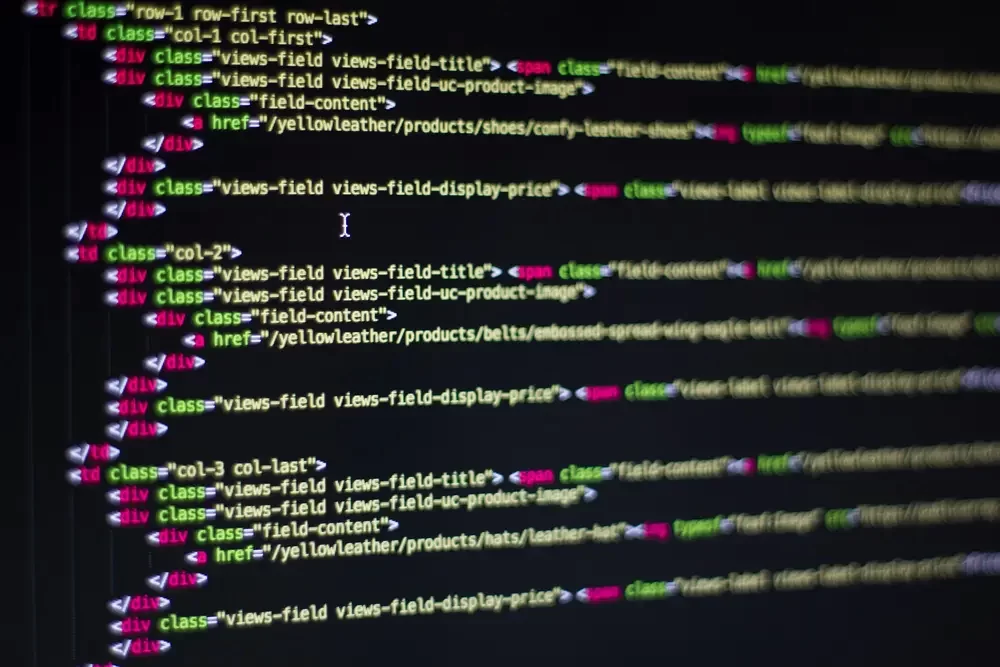Hacktivism, the act of breaking into computer systems as a result of political or social motivations, has grown exponentially over the last two years. With a range of wars and conflicts going on all around the world, hacktivism is, in theory, designed to support specific causes to disrupt without causing significant damage. Hacktivism has been used as both a tool to raise awareness of causes and issues that are important to people, however, the lines are being blurred and hacktivists are starting to move into the realm of spreading malicious content, with innocent players being caught in the crossfire.
We’re here to introduce hacktivism and answer some of the most commonly asked questions about where it currently is and where this ever-changing landscape is likely to move as hacking software continues to become more advanced.
Where Did Hacktivism Begin?
While the roots of hacktivism date back to the 1980s, the actual term was first coined in 1996 by Omega, who was a member of the infamous Cult Of The Dead Cow hacking group. They were renowned for developing and publicly sharing hacking tools, as well as becoming involved in hacking cases themselves. One of their most famous examples was their targeting of the Church of Scientology in the 1990s.
From here, hacktivism has changed significantly, with ongoing technological developments that have paved the way for hackers to compete with some of the largest organisations in the world.
What Motivates Hacktivists?
Hacktivists are motivated by the desire to bring justice, whether it’s to uncover documentation, disrupt the work of political groups or take revenge against people they disagree with. Depending on the size of the hacking organisation, it can vary from outing one document through to undermining an entire organisation.
Therefore, hacktivism targets not only political groups but society, religion and anarchists to gain access to or control civil infrastructure, military equipment or the general population.
What Are Examples Of Hacktivism?
Hacktivism can come in all shapes and sizes, depending on the group, their experience, their hacking ability and the motivations behind the cyber attacks. On the whole, the aim is usually to accomplish one of the following objectives:
- Stop or delay funds being provided to political groups
- Raising awareness about war
- Spread the voices of people being censored
- Avoid censorship laws
- Attack government websites or organisations
- Support uprisings
- Creating trading scams to steal funds
Famous Hacktivism Stories
One example of hacktivism was the work of LulzSec, a blackhat hacking group responsible for a range of cyber attacks, including actually taking down the CIA website for a few hours and also compromising the data of users on the PlayStation network in 2011. This was less politically driven, yet considered hacktivism as it was motivated by a desire to raise awareness about freedom of information. As of now, LulzSec is no longer active, disbanding back in 2011. However, this group did pave the way for future hacktivism.
Some of the most famous examples of hacktivism in recent years have been during the Russia-Ukraine war, where Belarusian suber groups launched attacks to hinder the progress of Russian troops. This included targeting a city in Russia to cause a blackout at one of their airports. Examples of hacktivism were also seen on the other side of the war, with pro-Russian groups focusing on attacking people who opposed the Russian agenda, across the US, Europe and Asia.
Types of Hacktivism
There are many different types of hacktivism that have emerged over the last few decades.
- Denial of Service Acts – Flooding a website with requests that it can’t handle to render it useless for some time.
- Doxing – making embarrassing, confidential or sensitive documents public to outlaw private activities that go against a political group’s beliefs. This could target anyone, from private company executives to law enforcement.
- Geo-bombing – using hacking software to identify where videos were shot or published, to leak information about the locations of specific people or groups.
- Website mirroring – publishing censored content on a new URL to make it available to the public on a wide scale.
Where Is Hacktivism Heading?
While cyber security software and experts are more advanced than ever before, hackers are also becoming more experienced with time, so it’s unlikely that we’re going to see an end to hacktivism anytime soon. No matter your political beliefs, there is no doubt that hacktivists have and continue to make an impact.
Hacktivism has changed significantly over the last few decades, and considering the exponential growth of technology and hacking software over the last few years, along with an increased desire to disrupt as a result of political beliefs, we expect to see hacktivism continue to grow.
Final Thoughts
With hacktivism and it’s impact on businesses there is a lot, while specific businesses might not always be a target of large cyber impacts like this there will always be a butterfly effect and potentially create harm and sway public opinion. It’s enough to motivate businesses to be completely transparent with their clients and to always adhere to best practices.
